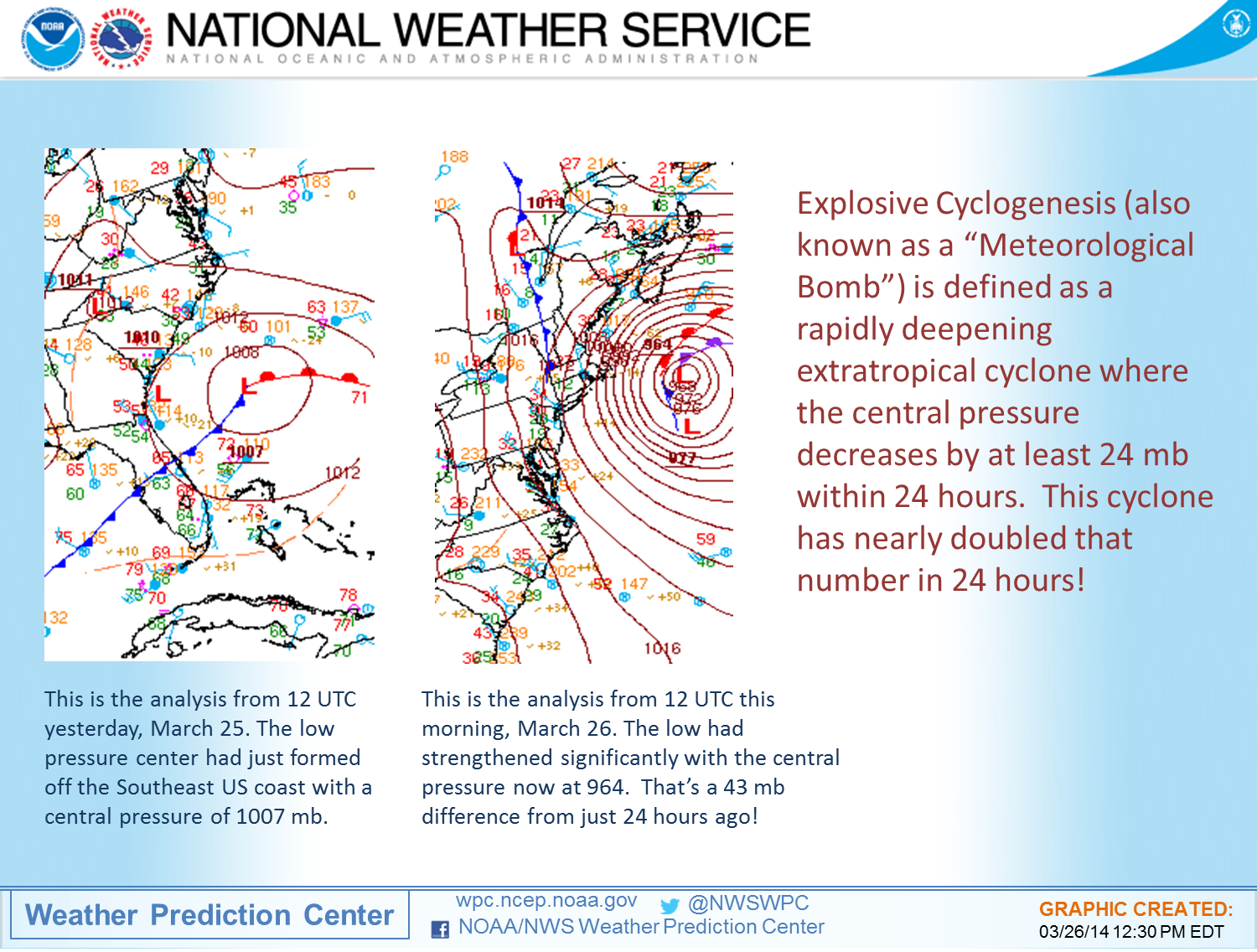 |
| Green area: Non-severe thunderstorms. Yellow: Slight risk of severe weather. Red: Moderate risk of severe weather. |
The risk of severe weather today — the 40th anniversary of the 1974 tornado super outbreak — appears slightly lower than today’s risk appeared yesterday, according to the Day 1 Convective Outlook issued at 1:58 a.m. EDT by the National Weather Service (NWS) Storm Prediction Center (SPC). Most of Indiana continues to have a slight risk of severe weather between 8 a.m. EDT today and 8 a.m. EDT tomorrow and a moderate risk continues in the Mississippi Valley, but the risk of significant severe weather covers a smaller area in today’s day one outlook than it did in yesterday’s day two outlook.
Specifically, today’s day one outlook no longer indicates significantly severe weather in any part of Indiana.
Indiana and Ohio Counties
In northeastern Indiana, the slight risk area continues to include Huntington, Wells, Adams, Blackford and Jay Counties, as well as counties to the west and south of them. It does not include Allen, Whitley, DeKalb or Noble Counties or counties to the north and west of them. In northwestern Ohio, the slight risk area barely clips the southwestern corner of Van Wert County and excludes Allen County. It includes, however, Mercer and Auglaize Counties and essentially the southwestern fourth of Ohio.
Meanwhile, the very southwestern tip of Indiana, including Evansville, has a moderate risk of severe weather. The moderate risk area also includes western Kentucky and Tennessee, southern Illinois, most of the southern half of Missouri, most of Arkansas and the northwestern portion of Mississippi.
Hail, wind and tornado risk
For most of Indiana, the greatest risk is hail, with a 15 percent to 30 percent probability of at least one-inch-diameter hail within 25 miles of a point.
The probability of damaging thunderstorm winds or wind gusts of 50 knots (58 mph) or higher within 25 miles of a point ranges from five percent north of Indianapolis to 45 percent in the Evansville area.
And the probability of a tornado within 25 miles of a point ranges from less than two percent north of Indianapolis to 10 percent in the Evansville area.
Remember that all these events are generally rare, so probabilities as low as 10 percent indicate much more risk than on a normal day. Read more about severe weather probabilities.
Significantly severe weather in Mississippi Valley
The most remarkable risk in this morning’s outlook is for tornadoes capable of producing EF2 to EF5 damage (See an explanation of the enhanced Fujita scale). The probability of such significant tornadoes within 25 miles of a point is at least 10 percent in parts of southern Illinois, southern Missouri and northern and eastern Arkansas.
The outlook also indicates a 10 percent or greater probability of two-inch-diameter hail within 25 miles of a point in parts of Missouri, Arkansas, Oklahoma and Texas.
Timing for northern Indiana
Regarding timing, any severe storms in northern Indiana will most likely not occur until tonight and will mostly be south of U.S. 30, according to a Hazardous Weather Outlook issued by the northern Indiana NWS office at 5:11 EDT. That outlook also indicates that heavy rainfall today and tonight could result in flooding, especially along and south of U.S. 24.
The Hazardous Weather Outlook indicates that SKYWARN storm spotter activation might be needed tonight, so spotters should check their gear and be ready to report severe weather, especially hail and damaging winds.
Next update
The SPC will update its Day 1 Convective Outlook at approximately 12:30 p.m. EDT and again at approximately 4 p.m. This link will take you to the latest version at any time of day.









